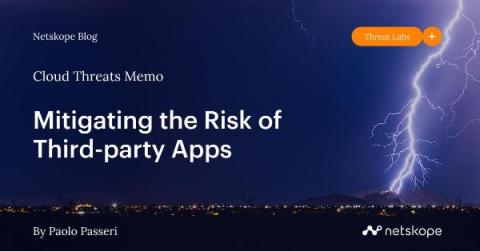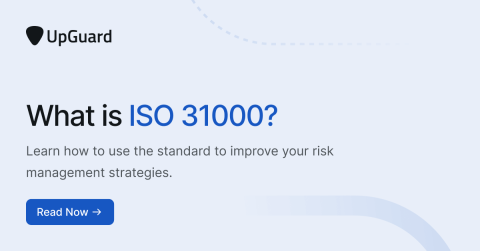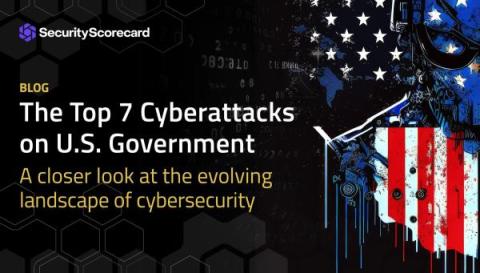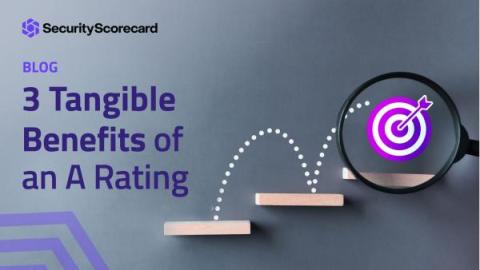Security | Threat Detection | Cyberattacks | DevSecOps | Compliance
Risk Management
Don't Reuse Passwords Or Else This Can Happen
Why we need to democratize governance, risk, and compliance
Today’s uncertain economy has presented an array of problems to organizations of every size and across all industries. In the world of tech titans alone, 70,000 jobs have been lost over the past year. It’s safe to say that businesses have laid off and lost talented and experienced professionals from their rosters. We feel losing talent more acutely in cybersecurity and privacy as risk of cyberattacks and breaches may cost the global economy $10.5 trillion annually by 2025.
Cloud Threats Memo: Mitigating the Risk of Third-party Apps
The use of third-party apps (also known as “connected apps”, “cloud to cloud apps”, “OAuth apps”) are apps developed by external and internal developers or organizations that can interact with and extend the functionality of a primary SaaS App. These are growing exponentially across organizations.
5 Steps to Performing a Cybersecurity Risk Assessment
What is Calculated Risk in Business?
What is ISO 31000? An Effective Risk Management Strategy
The Top 7 Cyberattacks on U.S. Government
In a world where ones and zeros are the new battleground, these threats, cyberattacks have become a significant threat to governments worldwide. The United States, with its vast array of government agencies and critical infrastructure, is no exception. Cybersecurity threats that impact the public sector range from state-sponsored attacks to financially motivated hacking groups. In this blog post, we’ll delve into the top 7 cyberattacks on the U.S.
3 Tangible Benefits of an A Rating
Security ratings are a standard in cybersecurity. Many organizations rely on them to manage their security programs and they create ROI for the organization. Despite the potential benefits, it can be challenging for organizations who are evaluating different security ratings options to determine the value they will get from them. When making investment decisions, it’s essential to know where the investment will take you and quantify that benefit.









